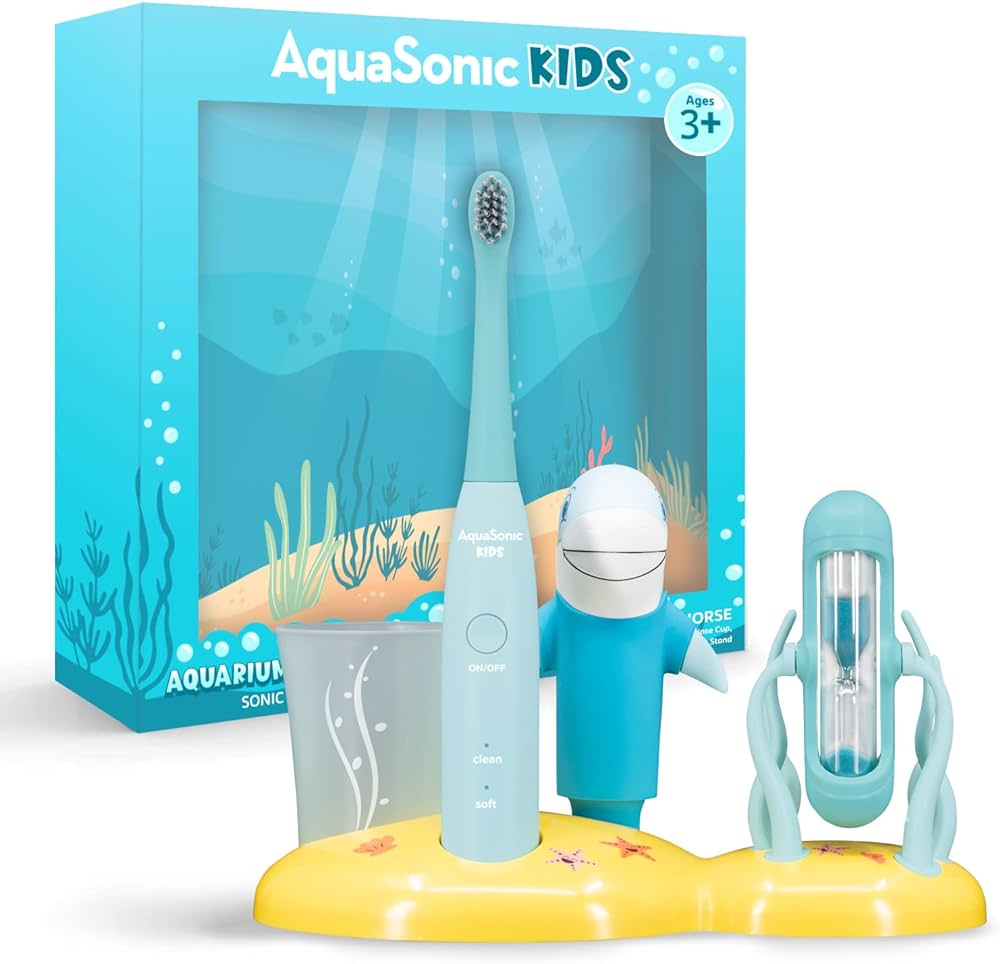
Which electric toothbrush is more likely to cause gum recession?
Introduction
Gum recession is a condition in which the gums pull back or recede from the tooth surface, exposing the tooth root. While electric toothbrushes are generally considered safe and effective, certain factors can contribute to gum recession. In this article, we will explore the factors that can increase the likelihood of gum recession with an electric toothbrush, including aggressive brushing technique, improper brush head selection, inadequate pressure control, and lack of proper oral care habits.
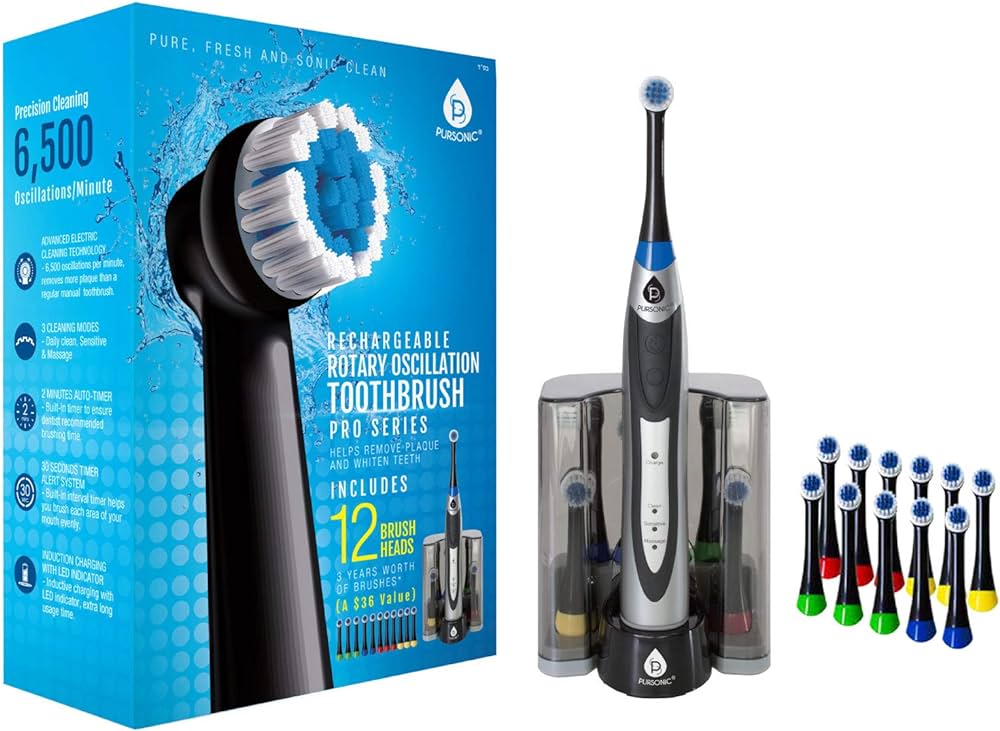
Which electric toothbrush is more likely to cause gum recession?
Aggressive brushing technique
Aggressive brushing techniques can contribute to gum recession, regardless of the type of toothbrush used. Consider the following factors:
Brushing force: Applying excessive force while brushing can cause the bristles to press too hard against the gums, leading to gum tissue damage and recession. This force can be exerted with both manual and electric toothbrushes.
Brushing motion: Vigorous or scrubbing motions can also contribute to gum recession. When using an electric toothbrush, it is important to allow the bristles and vibrations to do the work rather than forcefully scrubbing the teeth and gums.
Solution: Use gentle pressure while brushing and avoid aggressive scrubbing. Allow the vibrations or rotating action of the electric toothbrush to clean the teeth and gums effectively. Maintain a light touch and let the bristles glide over the surfaces of your teeth and along the gumline.
Improper brush head selection
The type and condition of the brush head used with an electric toothbrush can also impact the likelihood of gum recession. Consider the following factors:
Bristle hardness: Choosing a brush head with bristles that are too hard can increase the risk of gum tissue damage and recession. Hard bristles can be overly abrasive and cause irritation to the gums.
Worn-out brush heads: Continued use of a brush head that is worn out and frayed can also contribute to gum recession. Worn bristles lose their effectiveness and can be more abrasive against the gums.
Solution: Select a brush head with soft or extra-soft bristles that are gentle on the gums. Check the condition of the brush head regularly and replace it as recommended by the manufacturer, typically every three to four months or sooner if the bristles appear worn or splayed.
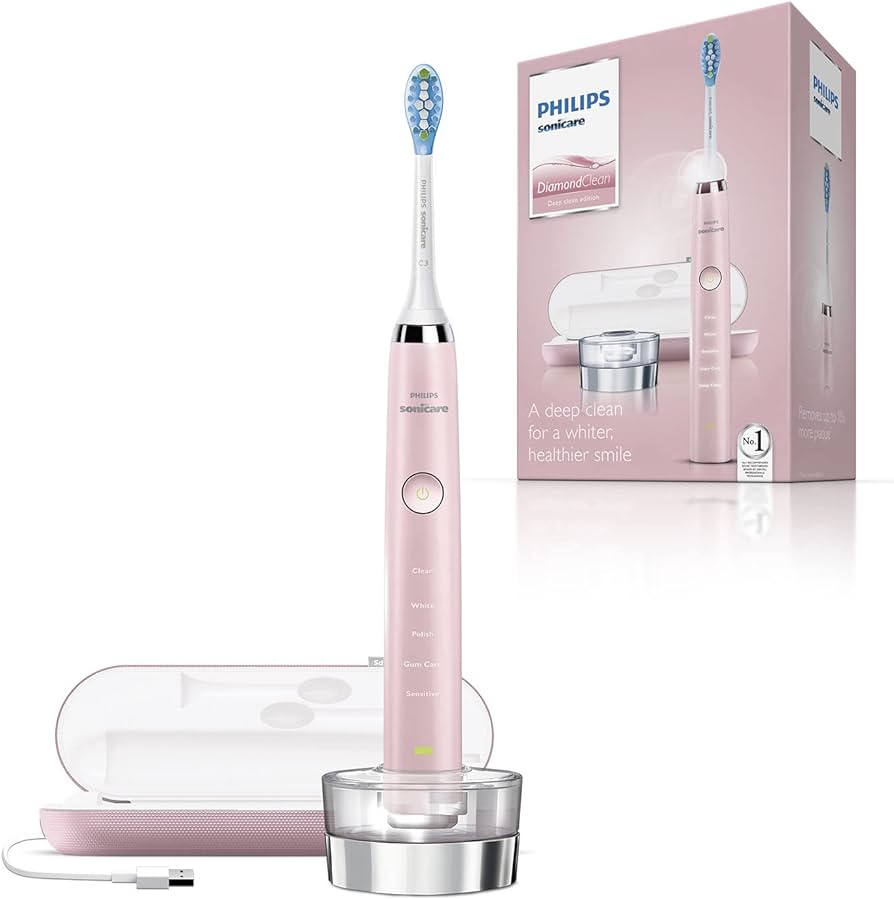
Inadequate pressure control
Proper pressure control while using an electric toothbrush is crucial to prevent gum recession. Consider the following factors:
Insufficient pressure: Inadequate pressure while brushing may not effectively remove plaque, leading to an increased risk of gum disease. Failing to apply enough pressure can result in insufficient cleaning and plaque removal.
Excessive pressure: On the other hand, excessive pressure can cause gum tissue trauma and recession. This excessive force can be unintentional, especially if the individual is not aware of their brushing technique or is using a brush head with harder bristles.
Solution: Find a balance between applying enough pressure to effectively clean the teeth and gums, but without causing harm. Electric toothbrushes with pressure sensors can be helpful in alerting you when excessive pressure is being applied. Follow the manufacturer’s instructions for pressure control and maintain a gentle touch while brushing.
Lack of proper oral care habits
Gum recession can also be influenced by overall oral care habits and practices. Consider the following factors:
Inconsistent brushing routine: Irregular or inconsistent brushing habits can increase the risk of gum disease, plaque buildup, and gum recession. Maintaining a regular brushing routine is important for gum health.
Lack of thoroughness: Inadequate brushing technique or insufficient brushing time can contribute to gum recession. Not spending enough time on each tooth or neglecting hard-to-reach areas can lead to plaque buildup and gum disease.
Solution: Establish a consistent brushing routine, aiming for at least two minutes of brushing twice a day. Ensure that you cover all tooth surfaces and pay special attention to the gumline. Incorporate proper flossing, tongue cleaning, and regular dental check-ups to maintain optimal oral health.
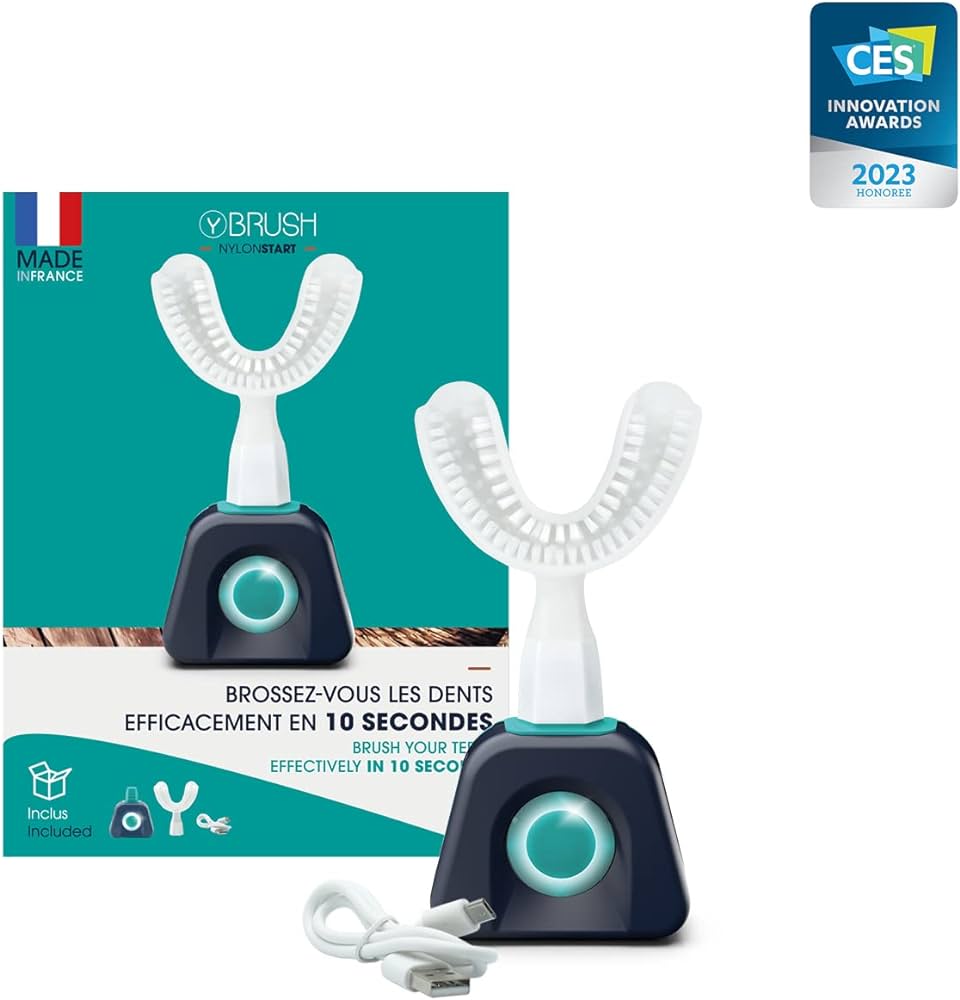
Seeking professional guidance
If you have concerns about gum recession or want personalized guidance regarding the use of an electric toothbrush, it is recommended to consult with a dental professional. They can assess your oral health condition, evaluate your brushing technique, and provide specific recommendations based on your individual needs.
Dental check-ups: Regular dental check-ups are important for maintaining oral health and catching any signs of gum recession or other dental issues early on. During these visits, your dental professional can assess your gum health, evaluate your brushing technique, and provide guidance on using an electric toothbrush effectively.
Professional cleaning: Dental professionals perform professional cleanings to remove plaque and tartar buildup that cannot be eliminated by regular brushing alone. Regular professional cleanings help prevent gum disease and maintain optimal oral health.
Customized recommendations: Every individual’s dental health needs are unique. Your dental professional can provide personalized recommendations based on factors such as your oral health history, risk of gum recession, and specific concerns you may have about using an electric toothbrush.
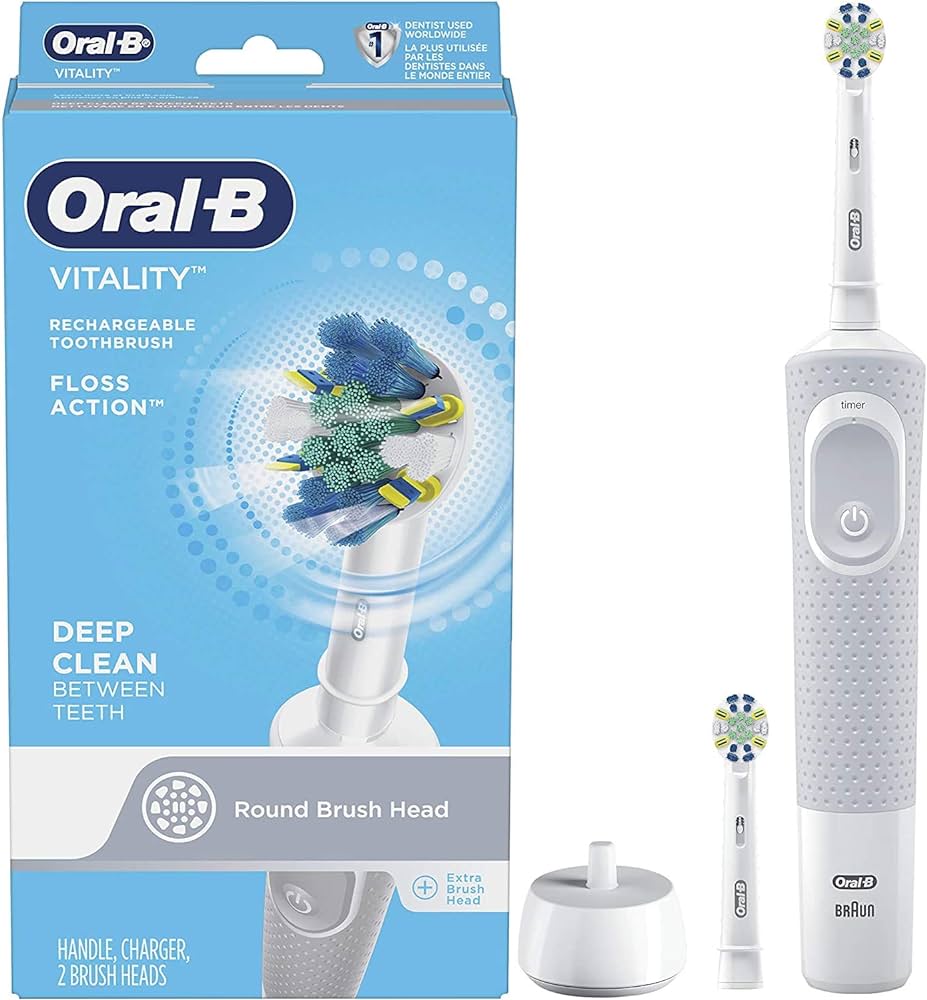
Additional considerations for gum recession prevention
While using an electric toothbrush correctly can contribute to preventing gum recession, there are additional considerations to keep in mind:
Regular dental visits: Regular dental check-ups and cleanings are essential for maintaining optimal oral health. A dental professional can detect early signs of gum recession and provide necessary interventions to prevent further progression.
Proper oral hygiene routine: Alongside using an electric toothbrush, it is important to maintain a comprehensive oral hygiene routine. This includes flossing daily to remove plaque and debris from between the teeth and along the gumline. Incorporating mouthwash as part of your routine can also provide additional antimicrobial benefits.
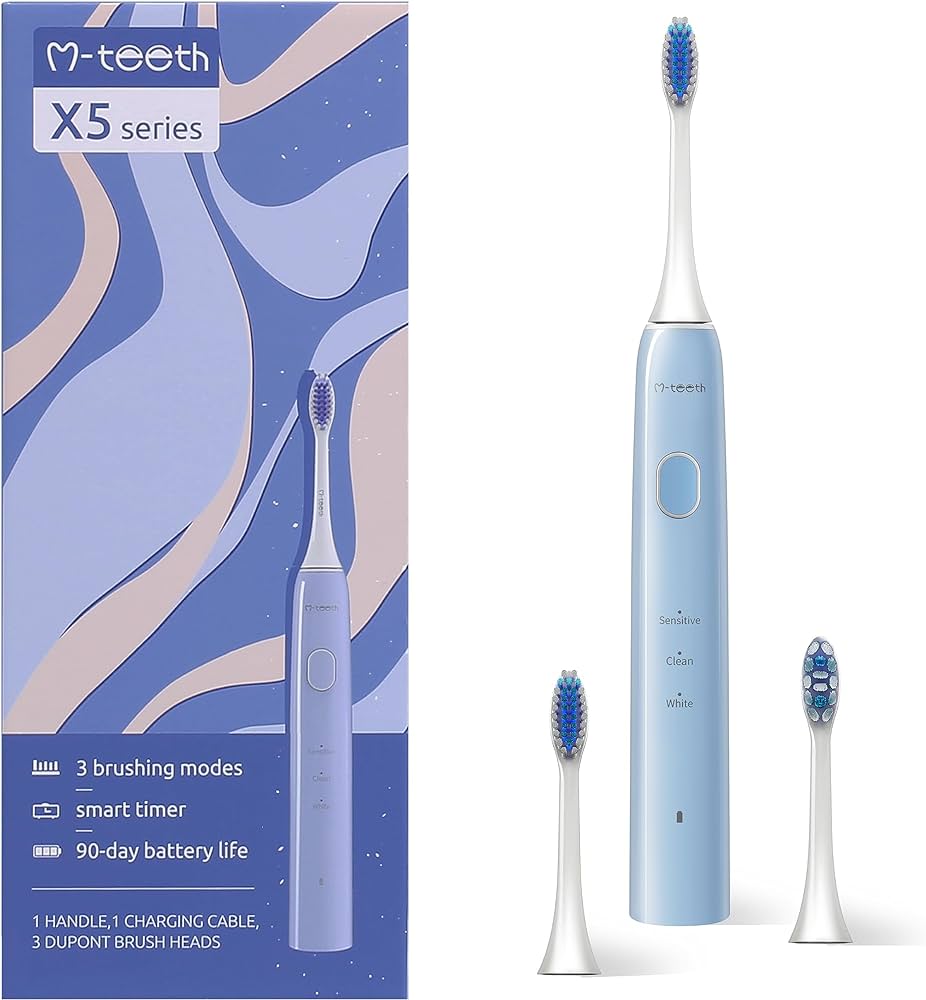
Conclusion
While electric toothbrushes are generally safe and effective for oral care, certain factors can increase the likelihood of gum recession. Aggressive brushing techniques, improper brush head selection, inadequate pressure control, and lack of proper oral care habits can all contribute to gum tissue damage and recession. To minimize the risk of gum recession, use gentle pressure, allow the brush head and vibrations to do the cleaning work, and select a brush head with soft or extra-soft bristles. Maintain proper pressure control, paying attention to any pressure sensors on the electric toothbrush. Establish a regular and thorough oral care routine, including consistent brushing, flossing, tongue cleaning, and regular dental check-ups. By being mindful of these factors and incorporating proper oral care habits, you can reduce the likelihood of gum recession and maintain optimal oral health with your electric toothbrush.




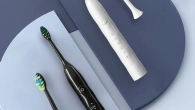
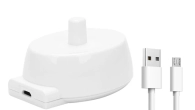


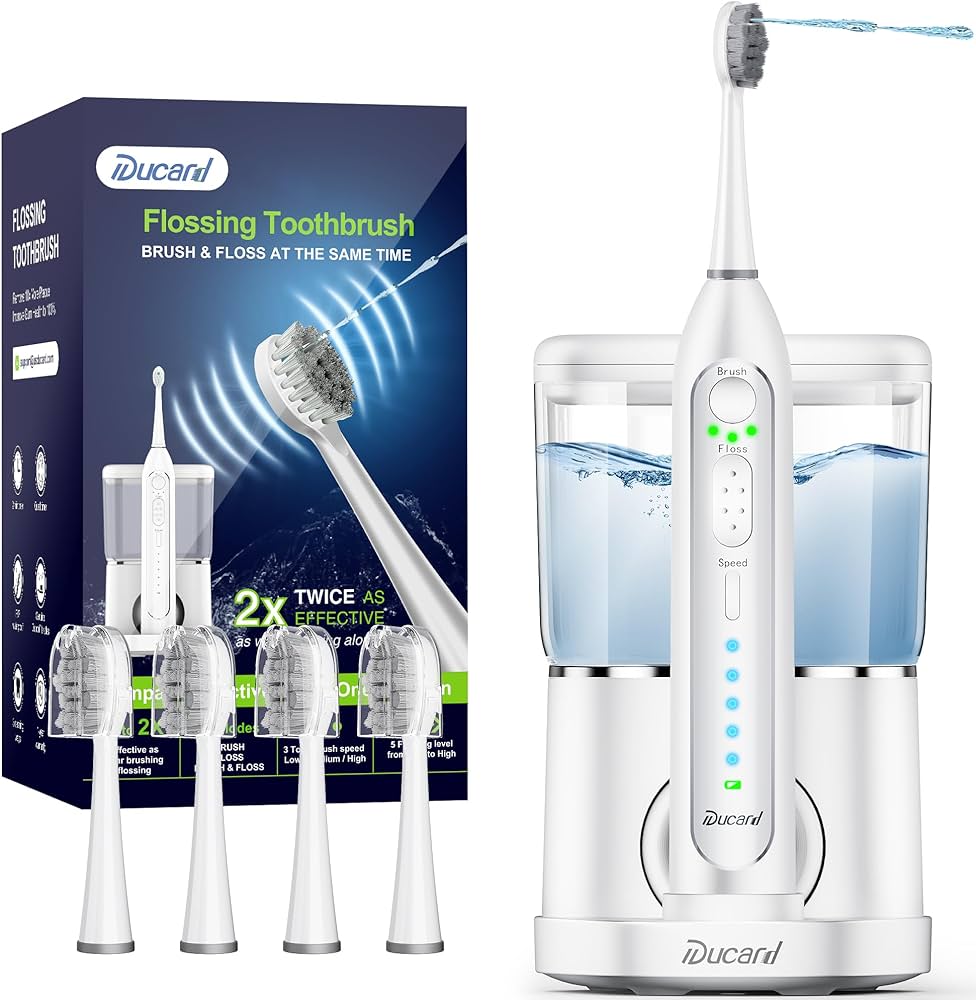
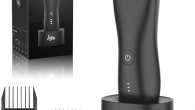
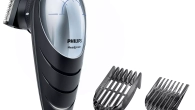

Leave a Reply
You must be logged in to post a comment.